GEC Past Events

About the Event
The Global Electronics Council (GEC) was pleased to hold this celebratory virutal event from the National Center for Civil and Human Rights in Atlanta, Georgia. The museum dedicated to the achievements of both the civil rights movement in the United States and the broader worldwide human rights movement. Our event focused on the role sustainable procurement plays in driving equitable economic opportunity globally.
2021 Awardees
Andy Shallal, Founder/CEO, Busboys & Poets
Beril Toktay, Faculty Director, Ray C. Anderson Center for Sustainable Business, Scheller College of Business, GA Tech
Mustafa Santiago Ali , VP of Environmental Justice, Climate and Community Revitalization at the National Wildlife Federation
Nathaniel Smith, Founder and Chief Equity Officer, Partnership for Southern Equity
Watch The Event
GEC would like to extend special thanks to The Voices of Atlanta Gospel Choir and the National Center for Civil and Human Rights in Atlanta, Georgia.
The Catalyst Awards
Held from 2015 to 2019, the GEC Catalyst Awards were created to inspire innovation in the design, manufacture and use of technology to advance sustainability globally. Each year the Catalyst Awards focus on a different theme.
GEC provided two Catalyst Awards each year. The first was a “Catalyzing Impact at Scale” award, which recognized organizations that had achieved a large-scale sustainability impact due to their design, manufacture and/or use of IT. The second was a “Catalyzing Disruptive Innovation” award, which recognized organizations that had designed cutting-edge technologies or used technology in such a way that, if adopted widely, could lead to exponential sustainability gains.
2019 Catalyst Awards Winners
In 2019 the GEC Catalyst Awards recognized innovation in the design, manufacture, use, reuse and recycling of sensors to advance sustainability in cities and communities globally.

Winner Catalyzing Impact at Scale
City of Antibes, France
The City of Antibes, a coastal resort town in France, has a population of 80,000 residents that balloons to more than 200,000 people during the summer. The City’s water supply is a critical component to its tourism economy, and with a distribution network of 315 kilometers and more than 40,000 sections, it wanted to increase the security and economic viability of the system. To increase Antibes’ resilience, it partnered with SIGFOX, SAP, and VEOLIA to digitize its water distribution system. With 2,000 sensors, and with a technology leveraging a majority of existing assets and the capability to mix them with new sensors on a low-power IoT network embedded with end-to-end security, the city was able to create a more economically viable, sustainable, and safe water distribution system. This solution helps Antibes to anticipate breakdowns, optimize maintenance schedules, and plan for future infrastructure investments. As a result, the citizens of Antibes pay less than half the national price of water in France.

Winner Disruptive Innovation
Fend Incorporated
Cyber-attacks within the energy and utilities industries cost an average of $13.2 million per year. Fend’s data diode brings much-needed cybersecurity to the sensors and IoT devices that have the potential to help make our cities smarter, efficient, and resilient. The hardware gets real-time industrial equipment data where it needs to go with a class of cybersecurity technology once reserved for nuclear power plants and the military. The data diodes send data in only one direction, so attackers cannot physically penetrate the network connection, send malware, penetrate corporate information networks, or use legacy equipment as a backdoor for ransomware. Fend’s solution requires no patches, uses less than 2 watts when in operation, is designed to last for years, and is constructed to be easily disassembled into its recyclable components at the end of its life. Fend’s data diodes can be installed rapidly at cities across the world, providing a strong cybersecurity defense for smart cities anywhere.
2019 Catalyst Awards Honorees
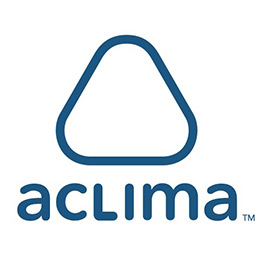
Aclima

CAPA Strategies, LLC
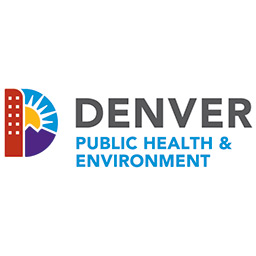
City and County of Denver’s Department of Public Health & Environment
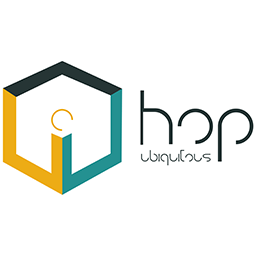
Human Oriented Products Ubiquitous

City of Portland, Oregon

Seametrics Inc.

Virginia Institute of Marine Science
2019 Catalyst Awards Finalists
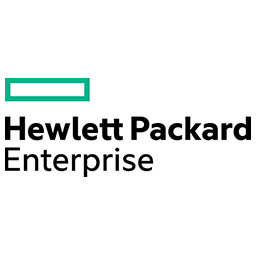
Hewlett Packard Enterprise
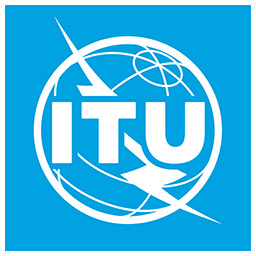
International Telecommunication Union

Intelligent Environments Laboratory, The University of Texas at Austin

U.S. Environmental Protection Agency, ENERGY STAR Smart Home Energy Management Systems
Residential buildings account for 20% of U.S. energy use, making it an ideal sector for energy savings. The U.S. Environmental Protection Agency’s (EPA’s) ENERGY STAR Smart Home Energy Management Systems (SHEMS) program developed the first national effort to define and recognize smart home systems that manage and reduce energy use by offering a combined package of service algorithms, user interfaces, occupancy sensors, and controlled devices. EPA has developed a specification to generate immediately available energy savings through the deployment of a voluntary national recognition standard. EPA intends to use the data collected over a statistically significant period to develop a single performance metric that objectively compares the energy performance of different SHEMS services, which will enable the agency to define energy saving targets in future specifications without prescribing strategies or technologies.

